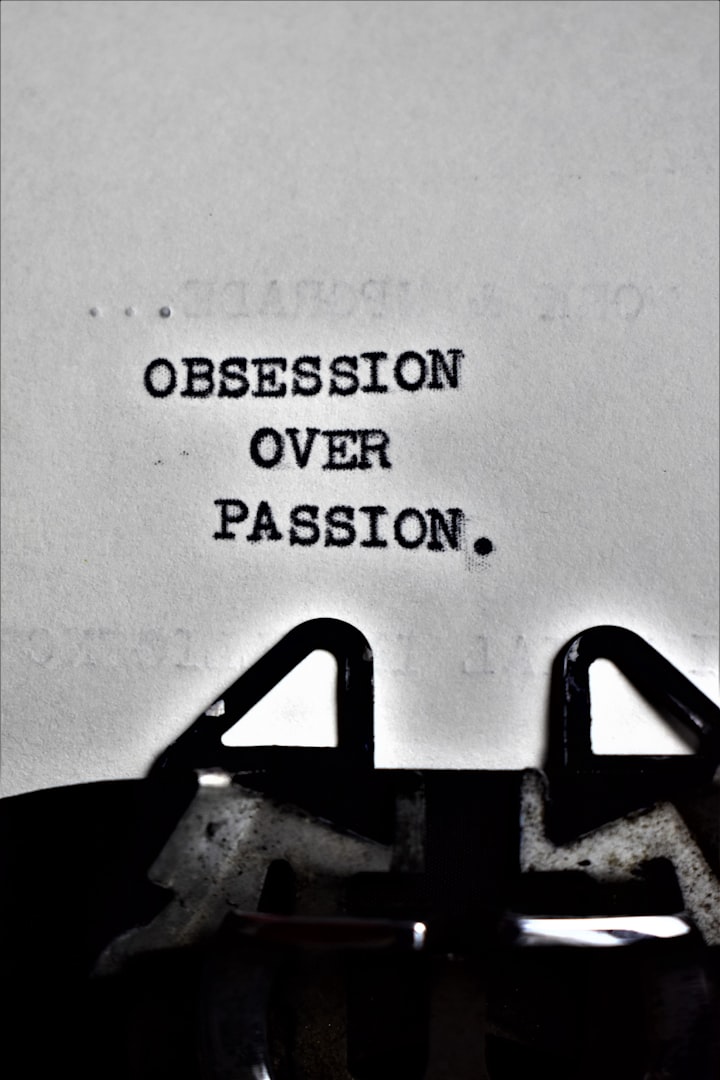
I don't anticipate any decluttering shows calling and asking me to highlight my home. My wife and I aren't hoarders by any means, but with six kids at home, seldom can we open a closet or cabinet without something tumbling out. We probably ought to post warnings and wear yellow construction hats before opening the doors. Papers and books litter my desk at work. Sometimes it takes an effort to find the computer mouse. As a flea market junkie and reseller, my vehicle tends to look more like a consignment shop than a means of transportation. So, when the Spring Forward challenge posted, I questioned whether I had anything beneficial to contribute. And then I realized...I do. Writing articles and stories is an organizational skill.

Pre-Writing
So, what is pre-writing? Well, in most cases, pre-writing is still writing, but instead of jotting down coherent sentences and paragraphs, it involves brainstorming, putting down on paper, ideas and thoughts that may determine the focus of your paper. I joined Vocal on February 4th because of the Little Black Book Challenge. The Challenge contests make writing easier, in that it's almost like an assignment at school. They give you a topic and you go for it. However, when you have to come up with an idea on your own, brainstorming helps! Ideas for articles exist all around you. Draw upon your life experiences, daily routines, and personal interests. When inspiration strikes, write down your thoughts. These don't have to be in complete sentences, but just rudimentary ideas. It won't be long until you can settle upon a topic and begin to flesh out the paper.

Outline the Paper
Every paper needs an introduction, the body of the paper, and a conclusion. The body of the paper presents the meat of the article. The goal of the introduction is to grab the readers attention; the conclusion provides closure for the reader, while reminding reader of the contents of the paper. The body of the paper presents the reader with the material the writer deems necessary. Hopefully, those determinations were made during the free writing process. Granted some of these steps aren't relevant for short story fiction, but for those writing informational and educational articles, this step is a must.

Rough Draft
Maybe the emphasis here should be on the word "rough." In this step, don't be overly concerned with grammar, spelling, or writing rules. What are some things you want to say to grab the reader's attention in the introduction? Write down a topic sentence for each paragraph for the body of the paper. List a few points under each topic sentence. If you find yourself writing out a complete paragraph because the words are flowing, go for it. But keep in mind that perfection is not the goal. Then begin fleshing out a conclusion that sums up the information shared.

Editing
Have you read and re-read an article then posted, believing that the paper was an error free masterpiece? But, then you read it again after going live and found a glaring spelling mistake or a formatting error or a misplaced modifier or a dangling participle? Ugh... I have. When editing, it is important to read and reread. It's also important to step away from the work for a while and come back to the paper with fresh eyes. Mentioning fresh eyes, finding a family member or friend to go over the paper with a "fine toothed comb" helps in identifying grammar mistakes.

Publishing
During the Little Black Book Challenge, some articles languished for up to a couple of days, awaiting the editor's approval. That's to be understood since the editors were weeding through thousands of submissions. Now that the fever of the LBB is over, I've found that some of my submissions have been approved with 2 or 3 hours. That's a quick turnaround. After the article or story goes live, it's now up to the writer to self-promote. Show off your ability to organize a paper and start earning a little money for all of that hard work.
About the Creator
Bryan R..
Husband. Father. Music and Youth Pastor. I enjoy writing as a hobby.






Comments
There are no comments for this story
Be the first to respond and start the conversation.